The Australian Energy Market Commission (AEMC) has once again thrown its idea for a solar tax in the ring, insisting Australia’s grids will be destabilised by the midday flood from solar-exporting homes and that shifting grid infrastructure to accomodate a two-way power flow costs money. The idea was immediately met with outcry from community and industry groups.
“We need to be encouraging more rooftop solar – not penalising people for putting panels on their roof,” National Director of the community group Solar Citizens, Ellen Roberts, said in a statement released shortly after the news broke this morning.
The AEMC, however, say the rule draft addresses the problem of grid “traffic jams,” which it posits as the primary problem standing in the way of a cleaner energy mix. “Blocking power exports because the grid is under strain will cost us all more, because it means less renewable, cheaper energy gets into the system,” the AEMC statement released with the full 260-page determination said.
The rules changes seek to encourage battery uptake, which the AEMC says will prove crucial for time-shifting solar energy resources. “We can decarbonise the electricity sector faster and cheaper if we connect more small solar customers and make it worthwhile for them to install batteries. But to do that we need to make some changes to the power system,” AEMC’s Chief Executive Benn Barr said.
Reform package proposal
1. Solar tax (or as the AEMC frame it, “letting networks offer two-way pricing to better manage the poles and wires”)
The AEMC say this reform will give networks pricing options to reward solar and battery owners for exporting to the grid when it is actually needed, rather than when the sun is shining. The converse side of this is that it would also give networks the option to charge customers for sending their electricity at midday.
“New incentives will give customers more reason to buy batteries or consume the power they generate at busy times on the grid,” the AEMC says. With the cost of home battery still substantial in Australia, it seems questionable the tax would be enough to compel widespread adoption.
2. “Changing distribution networks’ existing incentives to provide services that help people send power back into the grid”
The AEMC says there are currently no financial penalties for poor network export service and no rewards for good service – which is something it wants to change. “We also propose recognising energy export as a service to the power system in the energy rules to give consumers more influence over what export services networks deliver and how efficiently they deliver them.”
3. Giving networks “flexible pricing solutions”
Networks should be encouraged to design what the AEMC are calling “a menu of price options” to suit capability, customer preferences and government policies. “Customers could choose things like free export up to a limit or paid premium services that guarantee export during busy times. Networks might offer grandfathering for existing solar owners or choose community batteries,” the AEMC said.

Image: Carseldine Village
Already defending against the inevitable backlash, the AEMC insists the proposal “does not mandate default charges for exporting power.”
“This is about creating tailored options, not blanket solutions,” Mr Barr said. If network companies do opt for export charging, the AEMC say they would need to “consult extensively with customers” and have transition plans approved by the Australian Energy Regulator.
Pushing a “fairness” angle, the AEMC say the reforms mean no Australian will be left behind. “We want to avoid a first-come, best dressed system because that limits the capacity for more solar into the grid,” Barr added.
“One option to deal with more solar traffic – building more poles and wires – is very expensive and ends up on all our energy bills whether we have solar or not. While the sun may be free, the poles and wires aren’t, so we think the key is to use the power system smarter to avoid costly over-investment and keep new infrastructure to a minimum.
“Letting networks give customer incentives to use the system better means supply and demand on the grid can be smoothed out over the course of the day.”
Backlash
In the hours after the draft determination was released, industry peak body, the Clean Energy Council, released a statement calling for consumer protection to be better considered in the proposed reform.
“It appears as though the all-important job of consumer protection has been passed to the states,” Clean Energy Council Chief Executive, Kane Thornton, said.
“We need to know whether state and territory energy ministers will allow networks to charge customers whenever they export electricity to the grid and, if so, what customer protections will be put in place.”
The Council pointed out “more questions than answers have been raised” by the draft determination. Whether such a scheme would be mandatory; whether export charges would be applied to all customers; whether zero export limits would continue to be imposed; and finally whether ombudsmen would be appointed to intervene on solar customers’ complaints are all issues that remain unclear.
The Clean Energy Council also questioned whether distribution networks would be required to fix poor voltage management before or after the reforms come into effect.
Community Group Solar Citizens also released a statement scolding the proposal. “The Queensland and Victorian Governments have already publicly stated their opposition to the sun tax, but now we urgently need all of our State Energy Ministers to step up and protect solar owners from this discriminatory charge,” National Director Ellen Roberts said.
Even Australian household solar battery company, RedEarth Energy Storage, which presumably stands to gain from the push towards domestic batteries, have slammed the proposal, saying a solar tax would only rip off Australian families to fatten the pockets of big energy companies.
“The notion that big energy companies will do the right thing by their customers is fanciful,” the company’s Chief Executive Charlie Walker said.
“The big energy companies simply don’t like that mums and dads can sell excess power back into the grid. Thousands of Australian families have done the right thing by the environment and invested in solar and now they risk being charged for it.
“This sets a dangerous precedent after governments have been encouraging households to turn to solar for decades.”
Reform modelling – the price impacts
AEMC boss Benn Barr said the Commission had already heard concern from solar owners, presumably leading them to model the impacts of the reforms.
“The Commission modelled the potential impact on customer bills if networks did introduce export charges. We found that 80% of customers would see their bills drop because they would no longer pay for solar export services they weren’t using.
“For the 20% of customers with solar, there could be a range of export charge impacts, depending on system size. A 4−6 kW system would still earn on average $900 – about $70 less than now. But this impact could look very different if they took up options that rewarded them for using the system differently – such as self-consuming power.
“Doing nothing is not an option because blocking people’s power exports will cost them now and more in future. While export charges on a 4−6 kW system might lead to a marginal drop in solar earnings, owners will face that same drop if they are constrained from exporting energy just 10% of the time. Being constrained 50% of the time would reduce their solar earnings by more than $300 per year.”
Where the reforms came from and what’s going to happen with them
AEMC says the rule change reforms are the result of nine months of consultations with stakeholders as part of ARENA’s Distributed Energy Integration Program.
The AEMC are now asking for feedback on the draft determination, with submissions due by 13 May 2021.
This content is protected by copyright and may not be reused. If you want to cooperate with us and would like to reuse some of our content, please contact: editors@pv-magazine.com.
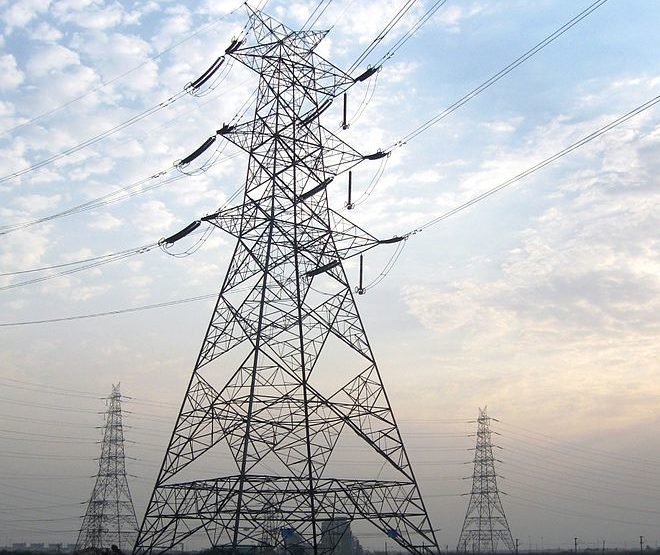
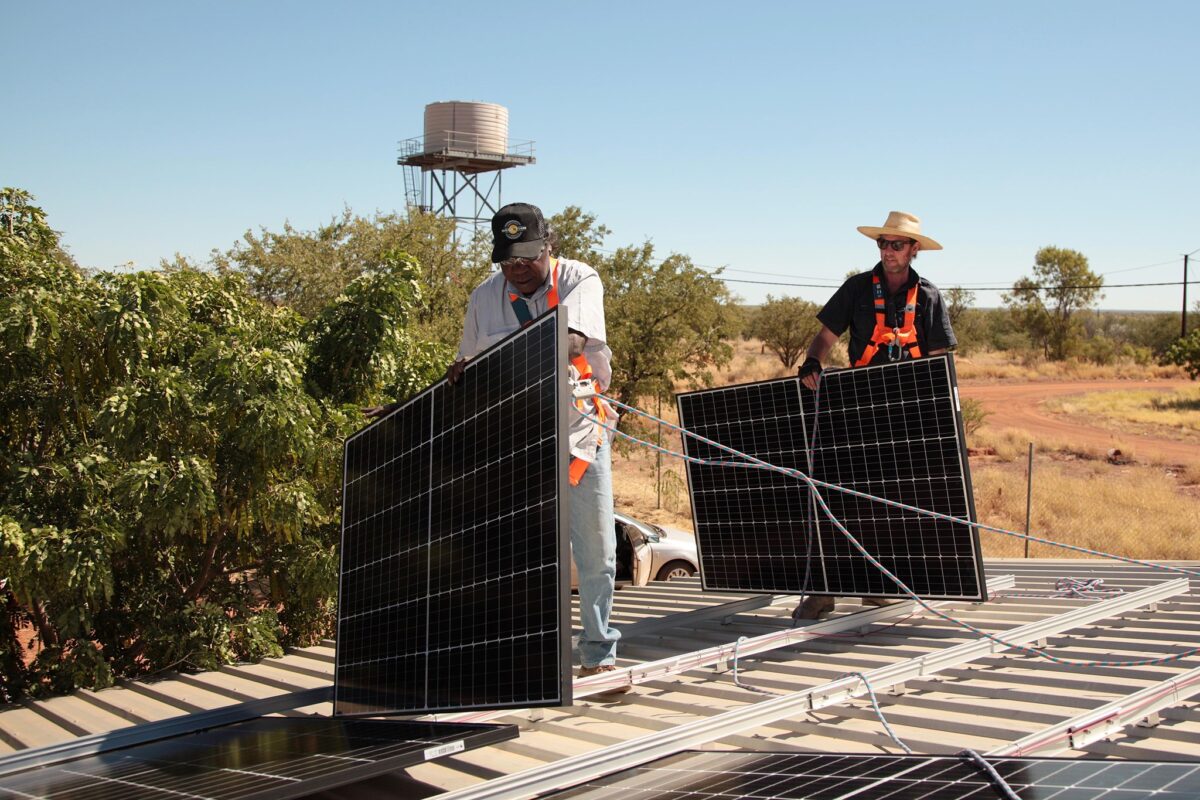


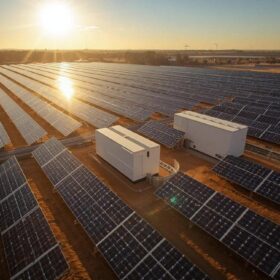
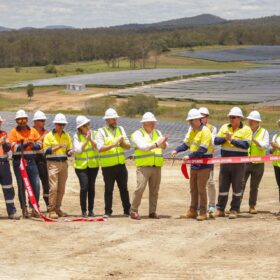
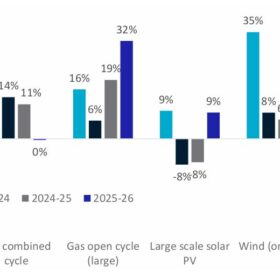

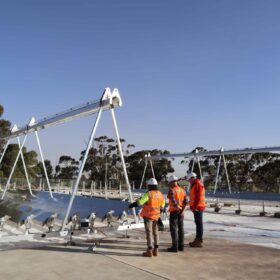
These Australian Officials deserve the Un-Nobel Prize for IDIOTS….
It is difficult to believe that while POLLUTERS PAY NO POLLUTION TAX…. AS 9 MILLION DIE PREMATURELY AND CREATE 250 MILLION DALY SUFFERING ANNUALLY … SOLAR SYSTEMS ARE BEING TAXED FOR “TWO WAY” TRANSFER OF POWER…. A COMPLETE BOGUS AND ELECTRICALLY (Yes I am a Retired Engineer and worked for 35 Years all over the World) BANKRUPT CONCEPT…. It may apply in very very small percentage of conditions where Solar Systems are installed in Generation Surplus Areas (GSA) rather than mostly Load Surplus Areas (LSA)… where most rooftop sysyems are installed….. and ACTUALLY HELP THE SYSTEM DURING THE MIDDLE IF THE DAY…. WHEN BITH LIADS AND SOLAR OUTPUT ARE AT THEIR MAXIMUM.
It is analogus to having different access and tariff for goibg one way on a highway as compared to the reverse direction….
Just some Regulators misled by the “Pollution Industry” egging on the Utilities who can only see…. more profits… and delay zero pollution… as public spending on Pollution induced Health Costs rises and rises… together with the body bags/coffins of victims to Pollution… and then are those that Suffer and Survive…. deprived
of their “Right to Live” with healthy, clean and fresh air…. thanks ONLY to these Pollution Killing Fields…